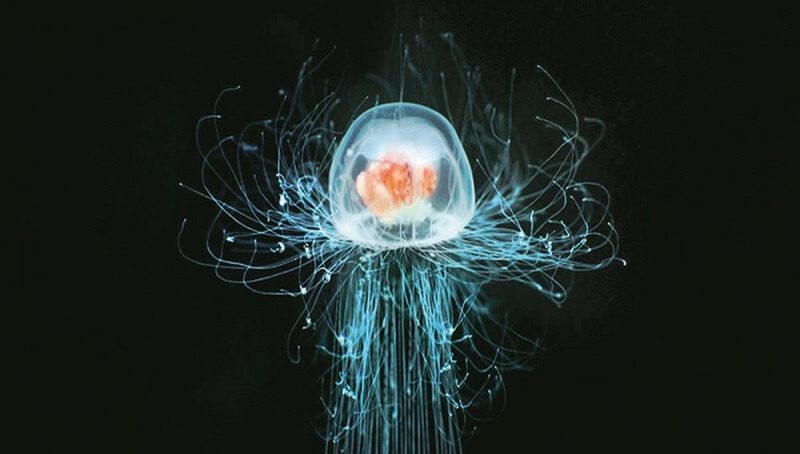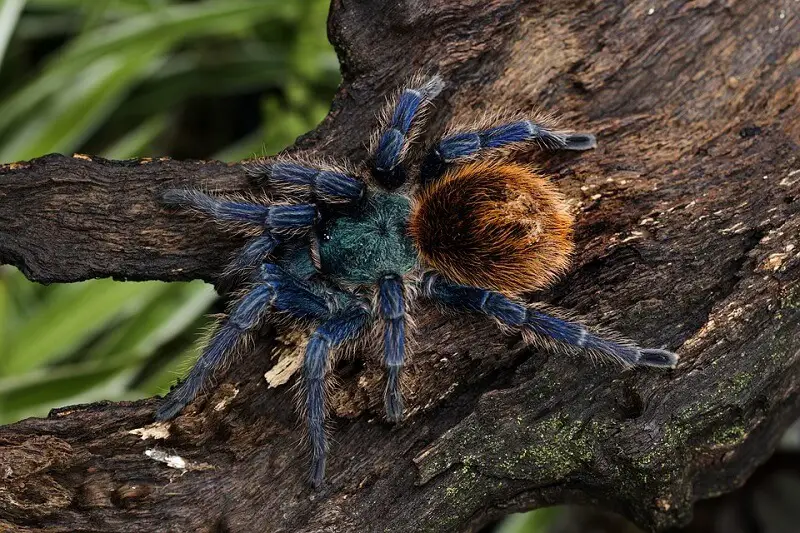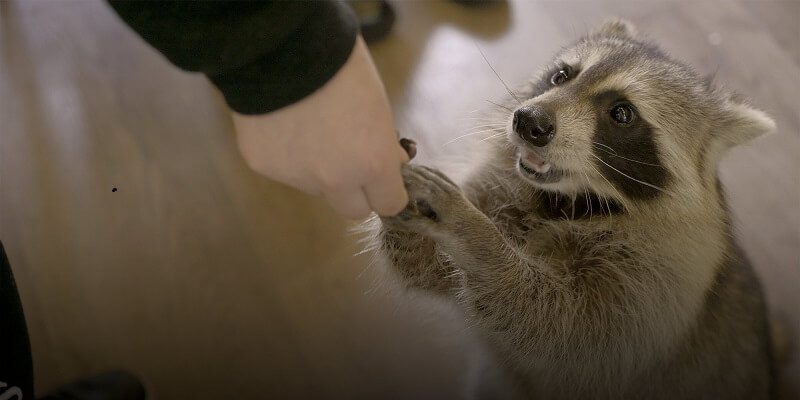The immortal Jellyfish, Turritopsis dohrnii, was discovered in the 19th century, but scientists have only recently, in the 90, observed the incredible ability of this species.
The myth of immortality is one of humanity’s oldest fantasies. Long ago expeditions were being organized to discover the source of eternal youth because people have always been attracted to the idea of living forever.
There are many species that have incredibly long lives, such as turtles, which live 150 years, or Greenland sharks, which can reach the age of 400 years. But no creature is immortal. In fact, today we are convinced that immortality is a myth.
Humans have traveled the Earth looking for evidence of immortality or have imagined creatures like vampires, but they have not searched deep in the seas. It seems that the proof of immortality lies just below the waves.
In the depths of the sea lives a species of jellyfish that, biologically speaking, is immortal. The passage of time does not trigger the aging process and does not lead to death in these creatures.
Turritopsis dohrnii was discovered in the nineteenth century, but it was not until two decades ago that scientists noticed the special ability of this species.
These incredible jellyfish have the ability to turn their mature cells into young cells. After reaching maturity and mating, the jellyfish turn their biological clock back and become young again. This process is called transdifferentiation and is the closest phenomenon to immortality on the planet.
Special ability
You might also like my articles about:
The immortal jellyfish has the extraordinary ability to protect itself during periods when food is deficient or the environment becomes unfavorable. In the body of the jellyfish, the conditions trigger a mechanism called cellular transdifferentiation whereby the cells begin to transform from one type to another until the body reaches the polyp stage again. From here, the aging process resumes, and these sequences can repeat infinitely. This miraculous ability gives them the possibility of being biologically immortal.
What does the immortal jellyfish look like?
The adult immortal jellyfish is 4.5 millimeters wide when it reaches the right age for mating. When threatened or severely injured, it turns into a ball, and its cells begin to transform into other types of cells.
Muscle cells can turn into reproductory cells, and nerve cells can turn into muscle cells. They are small, bell-shaped creatures.
Young specimens have only 8 tentacles, regularly spaced along the edge, while adults reach 80 to 90 tentacles.
The region of the stomach is bright red, which contrasts with the bluish hue of the rest of the body. It is a truly magnificent sight.
The jellyfish locomotion system is very effective. The muscles in the jelly-like belt contract, giving rise to a swirl that propels the jellyfish through water. At the end of the contraction, the bell has an elastic kickback, generating a new whirlwind, but without any energy.
Habitat
 It is not an easy thing to find the location of the immortal jellyfish. It was found in the seas all over the world. Some studies have found a correlation between their locations after observing them at different points and have been shown to have genetics mixed with other species of jellyfish. One might say that the distribution area where they are most abundant is in the Caribbean seas.
It is not an easy thing to find the location of the immortal jellyfish. It was found in the seas all over the world. Some studies have found a correlation between their locations after observing them at different points and have been shown to have genetics mixed with other species of jellyfish. One might say that the distribution area where they are most abundant is in the Caribbean seas.
From here it was thought that it began to migrate to other seas and temperate oceans. These jellyfish prefer hot water rather than cold water. One of the reasons they are expanding more and more is because they are not dying. If they do not die, they are able to reproduce over and over again until there are more and more.
Immortal jellyfish stages
There are two stages in the life cycle of this jellyfish: the polyp stage and the jellyfish stage. The first is the juvenile stage and the second adult stage.
Jellyfish hatch out of eggs after two days and begin their lives in the form of larvae. After two weeks, it matures and enters the jellyfish stage.
After the animal reaches the jellyfish stage and mates, it begins to regress to the polyp stage. The warmer the water, the faster the animal is transformed from the polyp to jellyfish stage.
Reproduction
Like any living organism, it ages, but it also has the amazing peculiarity of reversing this process and rejuvenating, thus having a unique biology. The reproduction process is similar to other species of jellyfish. The larvae removed by the female are attached to the underwater rocks and form colonies of polyps interconnected through tubes with which they feed. They grow and fall apart when the body is fully formed. The jellyfish are carried by currents and get their food as they meet it.
What does it eat?
The immortal Medusa feeds on plankton, fish eggs, and small mollusks.
Can these jellyfish die?
Yes, they can. If they are eaten or affected by a deadly disease, immortal jellyfish die. After all, they are tiny and fragile creatures. In many ways, this is nature’s way of keeping a balance in the world.
Can you imagine what it would be like for a top predator to have the ability to live forever? It would be a disaster for ecosystems if crocodiles or sharks had this capability. If we exclude humans, these animals are at the top of the food chain.
Can immortal jellyfish be a solution to fighting cancer?
Nature has found a way to provide such abilities to certain creatures, which thus integrate into a wonderful, diverse, and balanced world.
Some links have been made between the special ability of immortal jellyfish and cancer.
Micro-RNA is the genetic material that controls genes and is the reason why immortal jellyfish can turn one type of cell into another.
It was found that cancer cells also have changes in micro-RNA, and so if the scientists manage to control micro-RNA, then they will probably be able to convert tumor cells into other types, such as nerve cells or muscle cells.
Research is just beginning, but the immortal jellyfish, both gorgeous and fascinating, could one day cure cancer.
Final words!
Turritopsis dohrnii is the only organism that can live forever, a species of jellyfish that can age or rejuvenate, making it theoretically immortal.
Most jellyfish live from a few hours to a few months, although there are also species that live for a few years, the immortal jellyfish has the potential to live forever, unless other factors or predators interfere to end its life.




